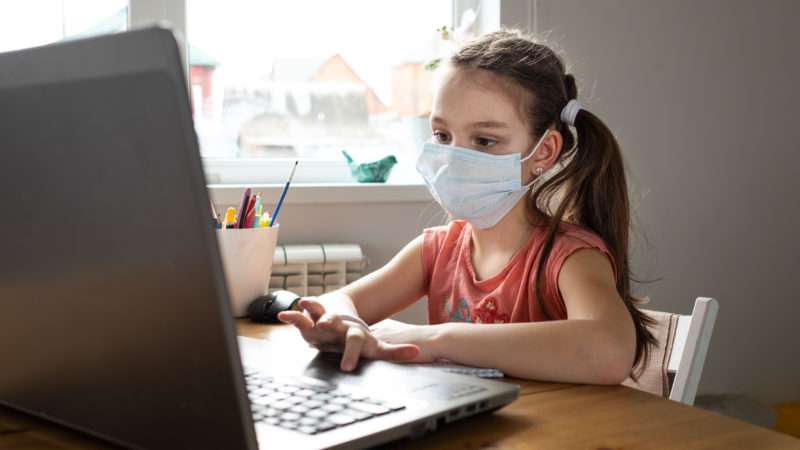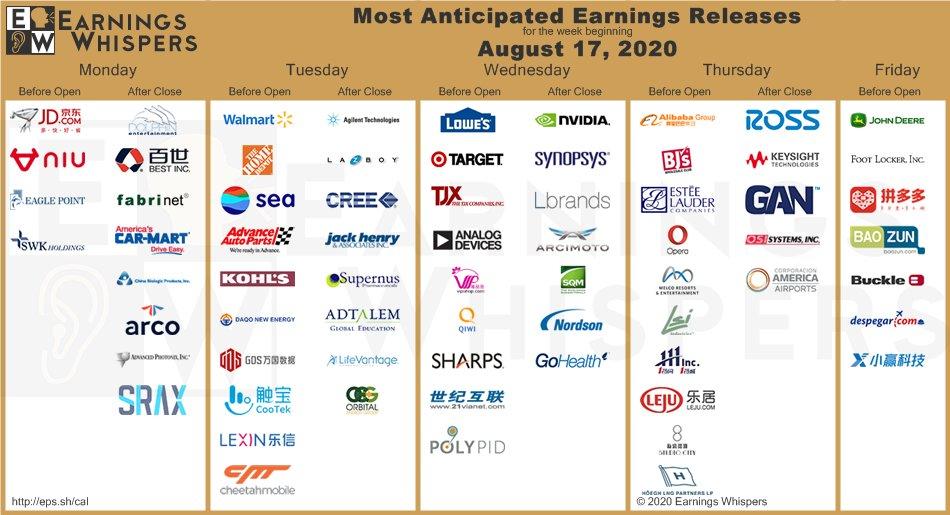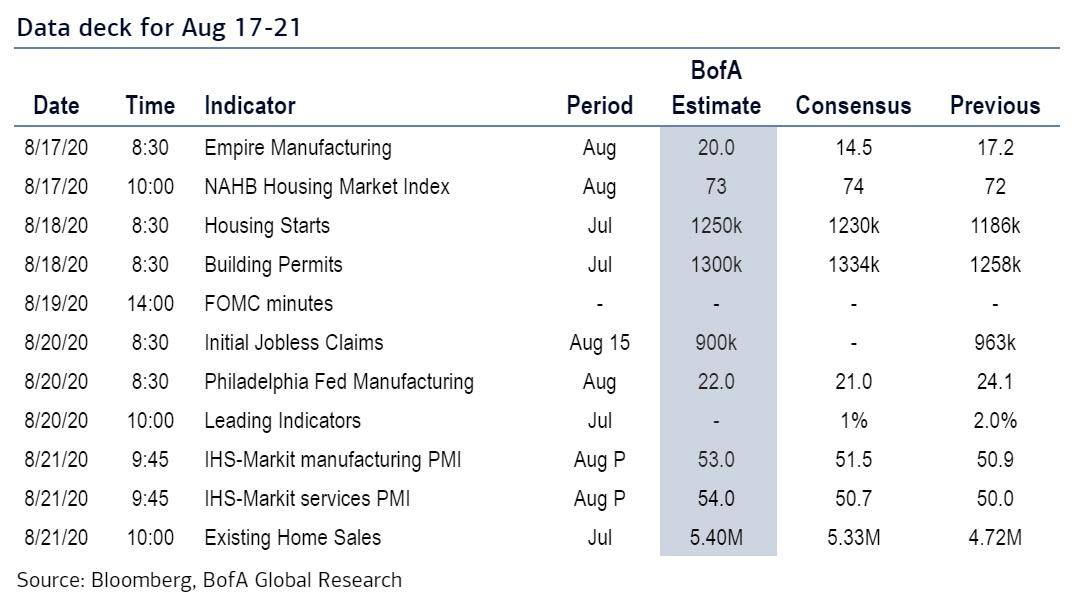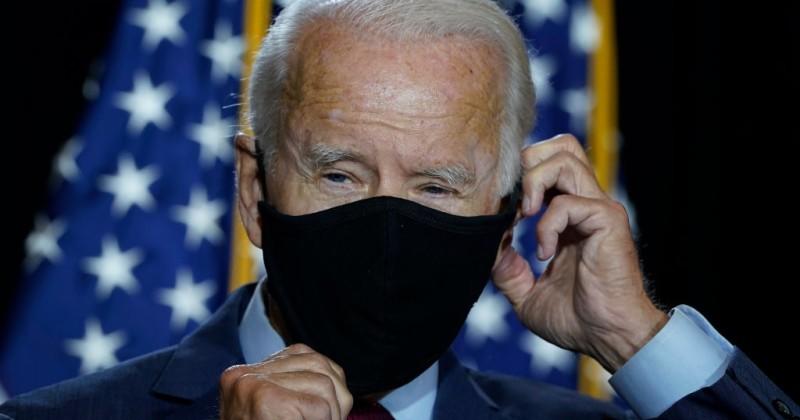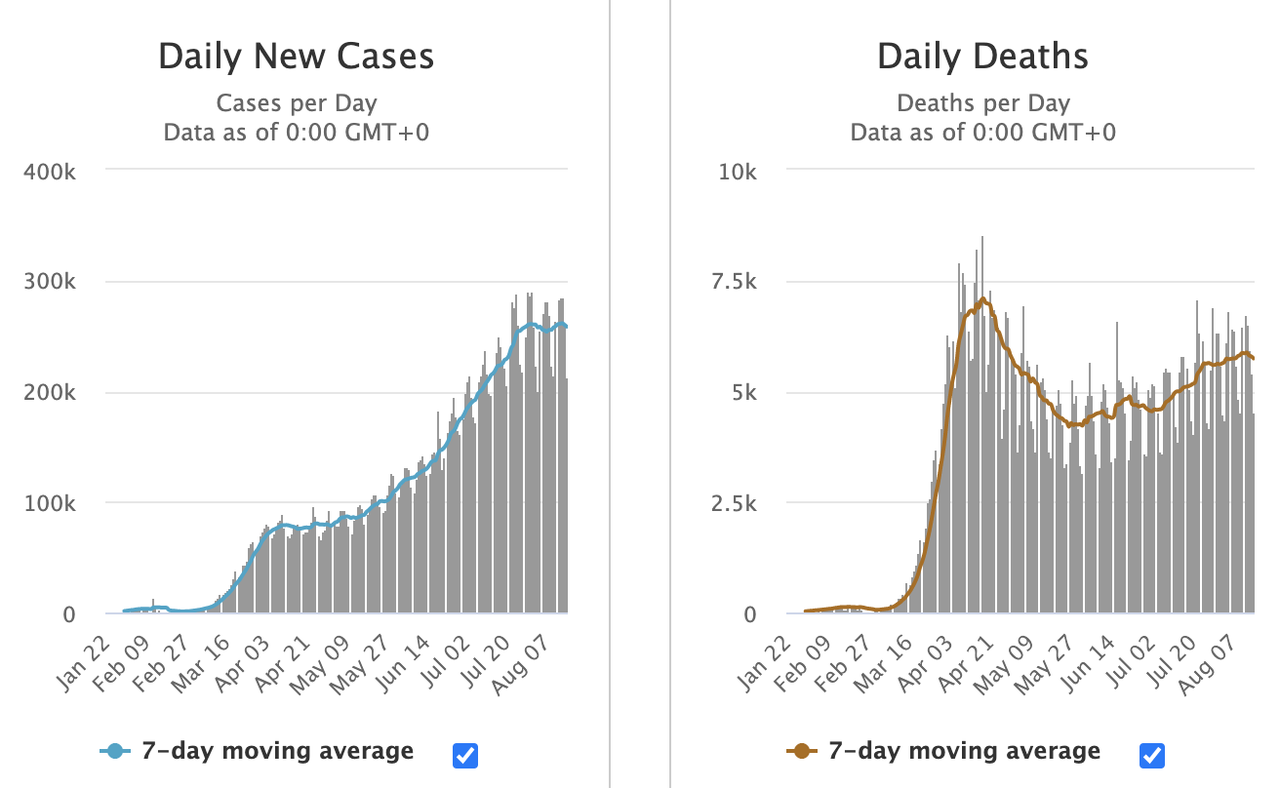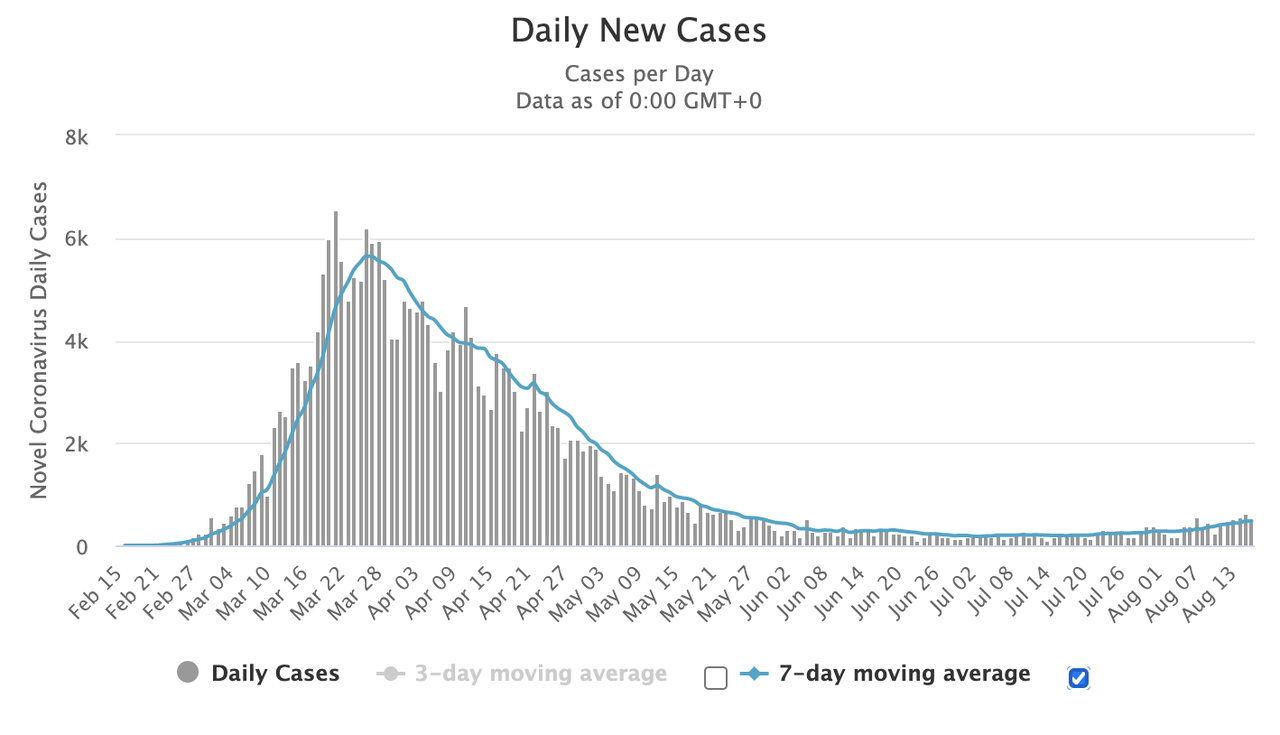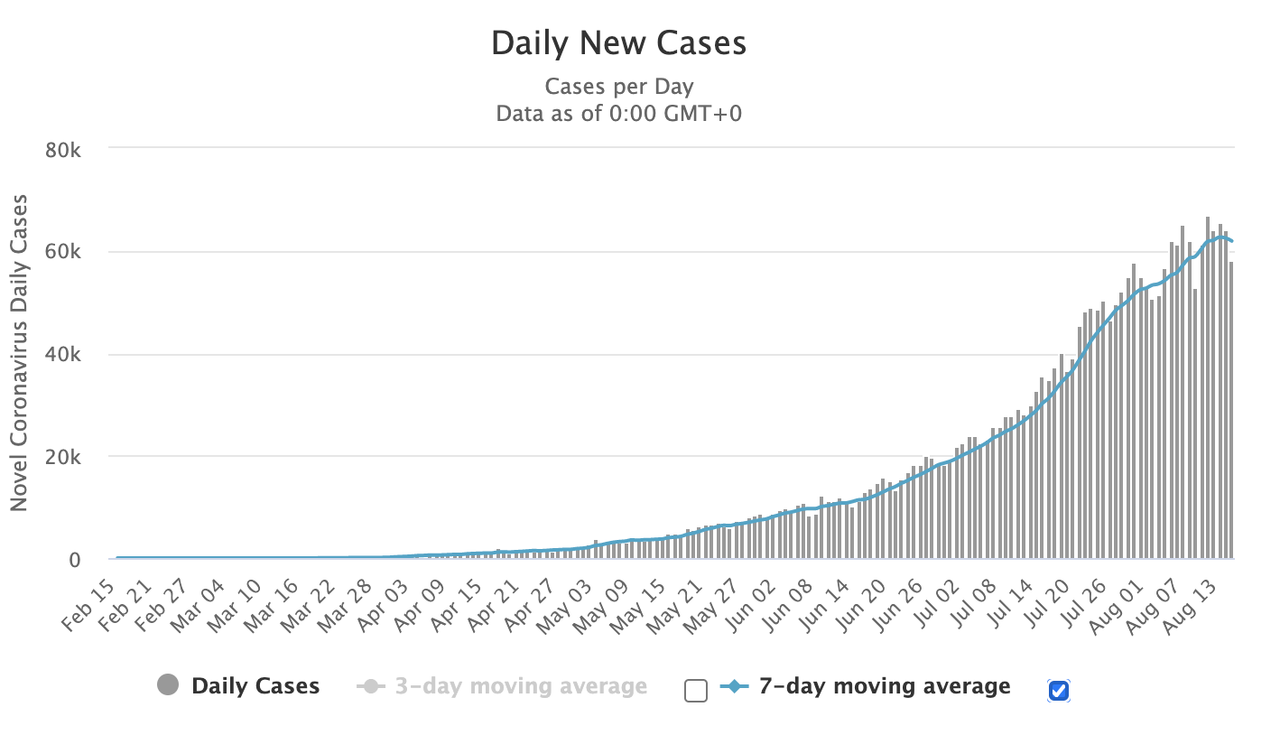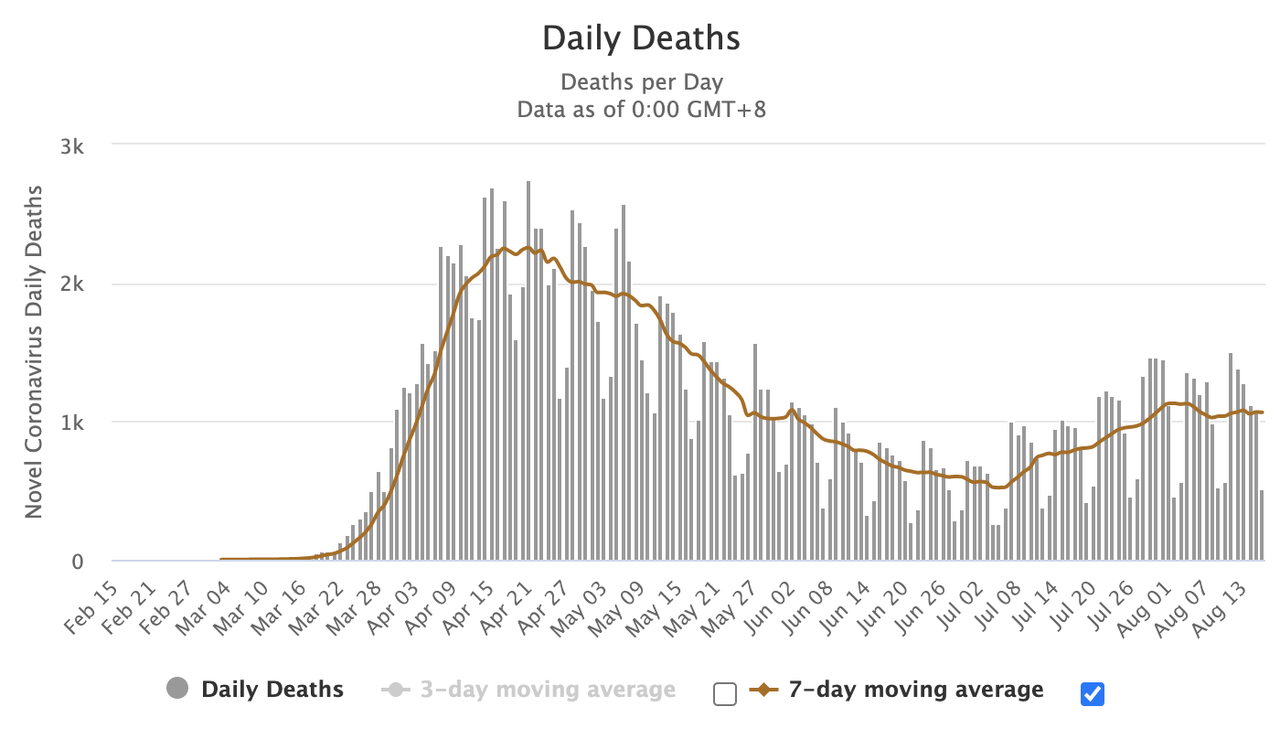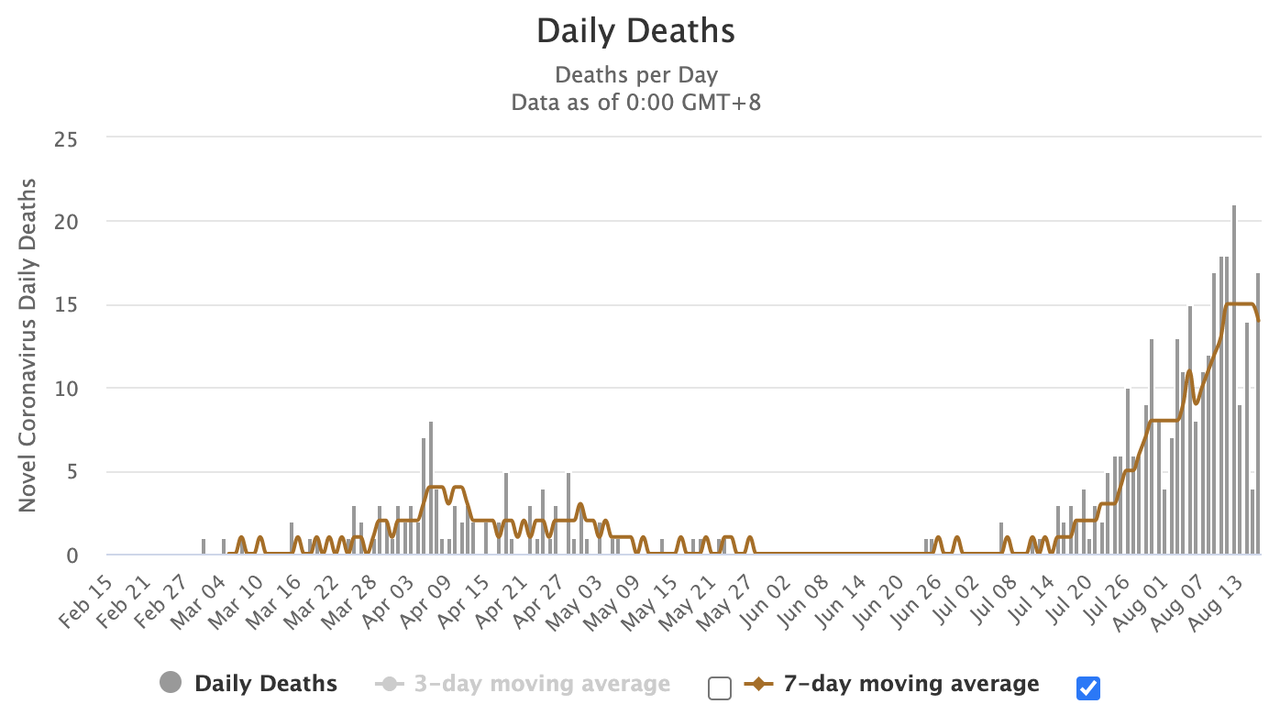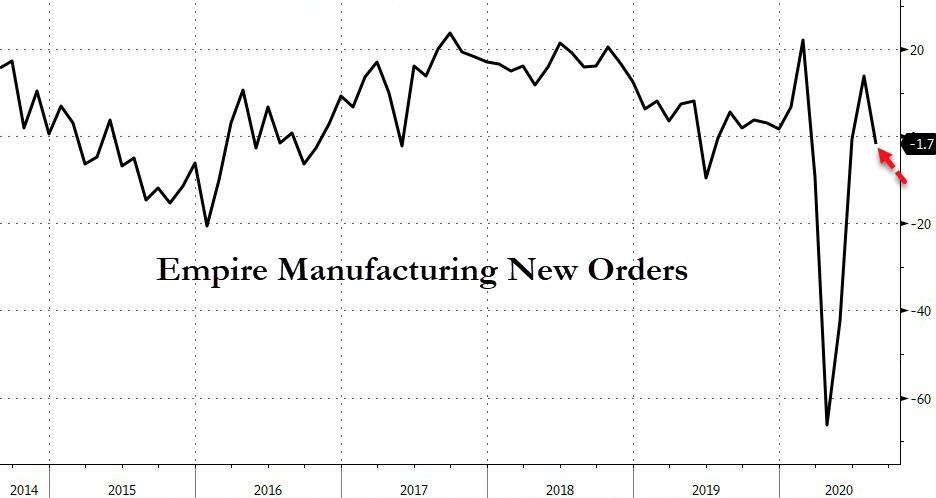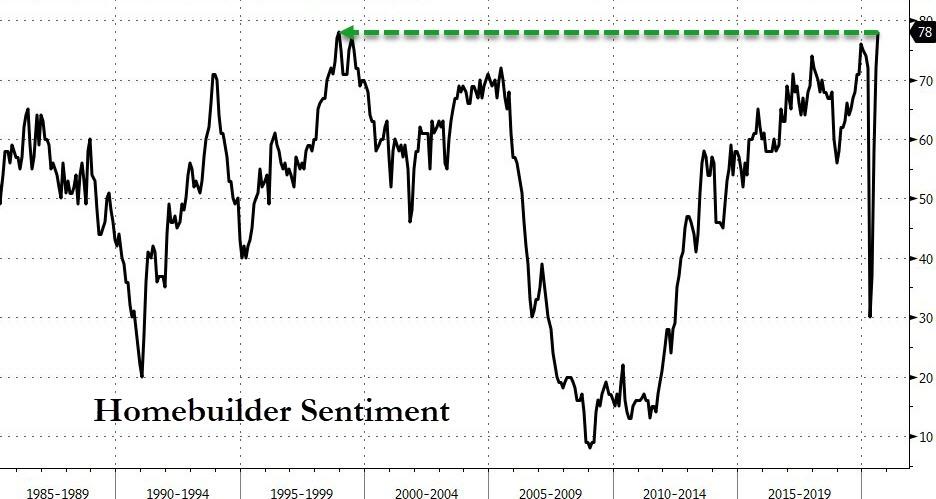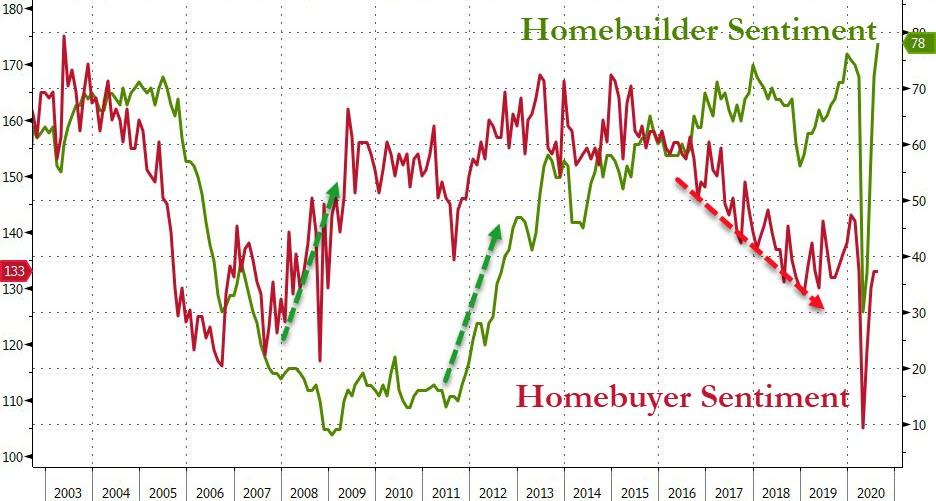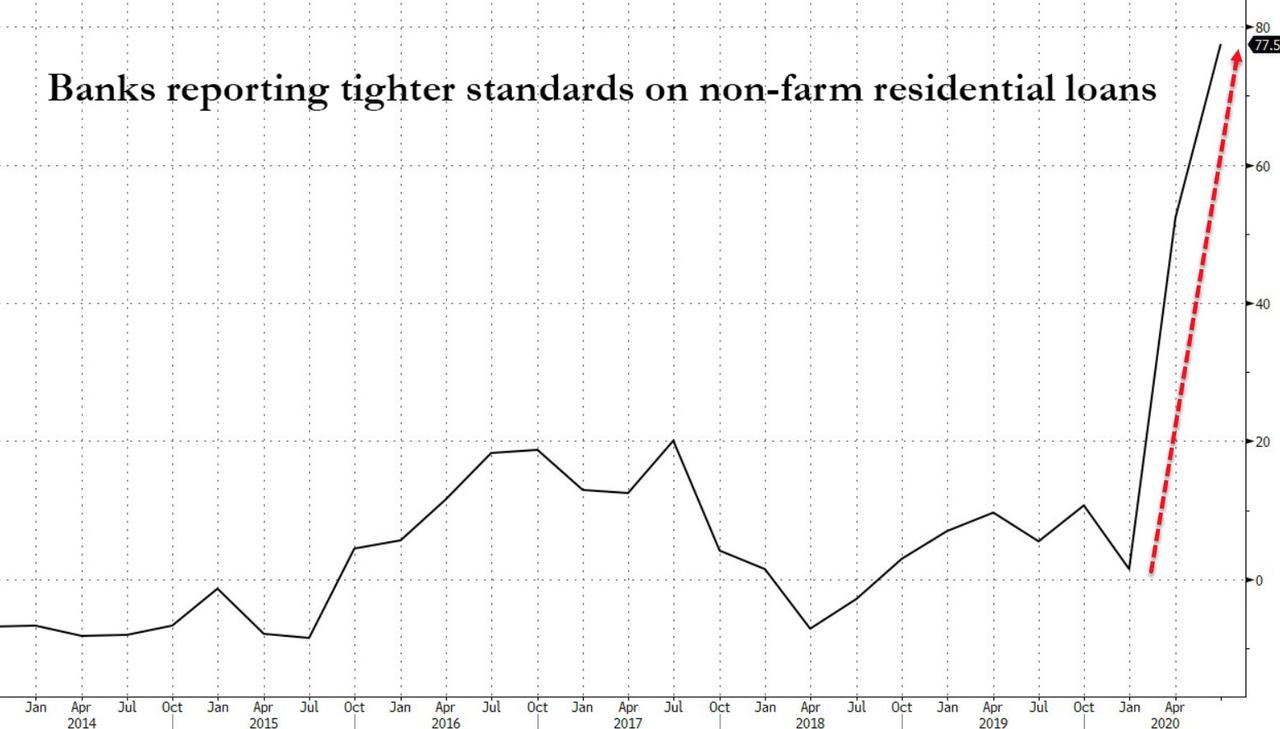We have all experienced how draining Zoom meetings can be and how hard it is to concentrate when a speaker has bad audio. Since I will be teaching via Zoom this semester, I wanted my video and audio to be better than I was getting using my laptop. In addition, I needed
- A set up that would hold my teaching notes.
- Something that allowed me to be positioned in a way that approximated how I teach.
- A separate workstation so I did not have to use my laptop, which is running all sorts of programs and on which I always have dozens of windows open.
- Something dedicated only for teaching that I could keep configured the way I wanted.
- Something compact that could easily be wheeled out of the way, since I use this space for my home gym and to play the drums. (Yes, that is sheet music for my drums now on the workstation.)
I am very pleased with the setup I settled on.
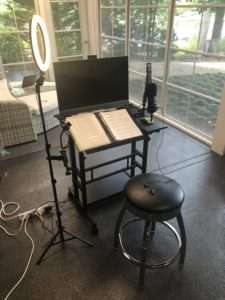
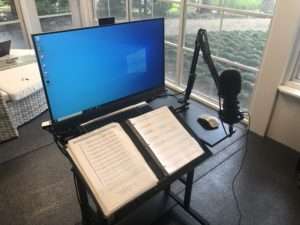
It consists of the following equipment with Amazon pricing (in descending order of price). (Unfortunately, I just missed out on buying the HP monitor from Staples for $275 before it sold out).
- HP EliteDisplay E273m 27-Inch Screen LED-Lit Monitor Black/Silver (with built in pop-up 720p webcam/mic) ($323)
- Mini Computer Stick Intel Atom x5-Z8350 & Pre-Installed Windows 10 Pro, 8GB RAM 120GB ROM 4K HD, Bluetooth 4.2 and Dual Band WiFi 2.4G/5.0G ($175) [now out of stock]
- UNICOO- Rolling Computer Workstation, Height Adjustable Mobile Standing Desk ($100)
- Pyle PDMIUSB50USB PC Recording Condenser Microphone—Blue LED, Adjustable Gain, Headphone Jack, Mute Control, Tripod Stand ($60)
- OGDRC 10.2″ Selfie Ring Light with Tripod Stand & Phone/Pad Holder for Live Sream/Makeup, Mini LED Camera Ringlight ($36)
- USB 3.0 Hub,QGeeM 5 in 1 USB Hub for Laptop, 2.5ft USB Extended Cable Hub with SD/TF Card Reader & 3 Ports USB 3.0 [5Gbps Transfer]
The total price for this setup was $704. I am also using a set of wired earbuds to plug into the mic so I can hear myself and the students and a wireless keyboard/mouse, both of which I already owned. The monitor has fine speakers for conferencing but this way, I do not disturb others in the house. Zoom lets you easily switch between the monitor speakers and the Pyle mic earphone jack. I will experiment with what seems most natural. The mic sounds awesome BTW. I highly recommend it for $55.
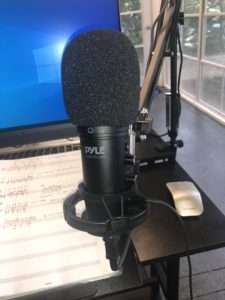
The light ring includes brackets for an IPad and IPhone as well as a Bluetooth remote to take selfie pictures with the IPhone that also mounts inside the ring.

I used the free OBS Studio software with a free Reaper ReaGate VST plug-in to eliminate the hum of the heat pump that is nearby. I am also running the Brave Browser which has enhanced privacy settings as compared with Chrome
I bought this particular computer cart because it had the tilting shelf for my notes. When configured this way, you can use the mouse but cannot easily use the keyboard. Since I won’t be using a keyboard with this setup, that is fine for me. But others might figure out how to play with the shelves to allow better access to the keyboard–or get a different cart. I also like this one because, in addition to the tilting shelf, it is adjustable from seated to standing height (much higher than in the picture) and allows me to teach while sitting on a stool as I sometimes do in the classroom. When I am seated, the mic and light ring are both out of the picture. It is decently made for $99.99.

This is the mini stick PC:

Unfortunately, the Terryza PC Stick I bought, which has 8GB RAM and 12GB SSD is now out of stock. I bought this one to ensure it could handle video streaming. $175 for a full featured Windows 10 Pro PC was pretty good, I thought. The lesser priced ones still available might work.
from Latest – Reason.com https://ift.tt/3g66pVi
via IFTTT
